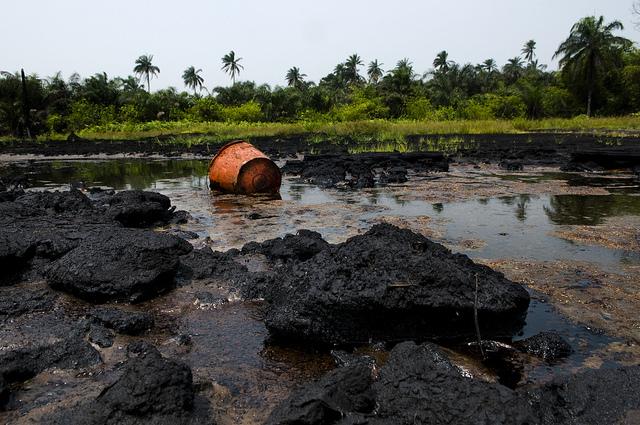
OIL PRICES: BELOW $60

Analysts are growing even more bearish about the oil price, predicting that crude is set to stay below $60 a barrel through next year as the market struggles to recover from a supply glut.
Even as the oil price lingers at levels not seen since the depths of the financial crisis, many analysts and investors are repeating a new crude mantra: lower for longer.
A survey of 13 investment banks by The Wall Street Journal cut their average forecast for Brent crude, the international price gauge, by $9 to $58.70 a barrel, compared with last month's survey. For West Texas Intermediate, the U.S. oil marker, the average forecast is for $54.40 a barrel, also down $9 from August.
"There is still a lot of excess oil around and that will limit any material price improvements until the second half of 2016," said Gareth Lewis-Davies, an oil strategist at BNP Paribas in London.
On Tuesday, Brent crude fell 1.2% to $49.08 a barrel on London's ICE Futures exchange. On the New York Mercantile Exchange, U.S. crude futures were trading down 1.9% at $46.06 a barrel.
Both benchmarks were trading above $100 a barrel in June 2014, but a combination of ample supply and weaker demand sent prices sharply lower in the second half of the year. Oil continued its descent this year, falling toward $30 a barrel early last month after a surprise currency devaluation in China sparked fears of a slowdown in the world's second largest oil consumer. Further threatening an already oversupplied market is the likelihood of Iranian oil as sanctions are lifted in the wake of Tehran's July nuclear agreement with major Western powers.
Investors share analysts' gloomy outlook.
"With Iran coming back, Saudi Arabia not cutting any production and all the macroeconomic concerns around, there is a high risk we could have nasty downward move by the end of the year," said Doug King, chief investment officer at RCMA Asset Management, who believes that there is a possibility that oil could fall into the low $30s. "Prices will then stabilize but remain lower for a longer period," he said.
While cheap oil is a boon for consumers and businesses around the globe, it brings more pain for oil producers, from Norway to North Dakota. Projects worth around $1.5 trillion remain uneconomic at current oil prices, according to a report by Wood Mackenzie on Monday. Much of the drop in spending is coming from North America, where the U.S. shale boom has nearly doubled domestic output in recent years.
According the U.S. Energy Information Administration, U.S. production peaked in April at more than 9.6 million barrels a day—a multidecade high—and has fallen to below 9.2 million barrels a day since then.
But while U.S. output has started to fall, other major suppliers around the globe, including the Organization of the Petroleum Exporting Countries, a 12-nation oil cartel, have kept pumping at a high pace in a bid to gain market share. Saudi Arabia, OPEC's biggest and most influential member, produced 10.4 million barrels a day in July, its second highest volume in more than a decade, according to the Riyadh-based Joint Organizations Data Initiative.
"We are facing continued oversupply on the oil market, and it will only grow after Iran comes back," said Eugen Weinberg, head of commodity research at Commerzbank AG. Iranian officials have suggested the country can increase its output by up to 1 million barrels a day within months of sanctions being lifted.
Still, Mr. Weinberg said that the continuing glut has already been priced in by the market and the current level will serve as the bottom for prices.
Most banks in The Wall Street Journal's survey agree that, next year, prices will at least rise. The forecasters, though, are less convinced about the strength of that recovery. Analysts expect Brent, after averaging $54 a barrel this year, to stay in the $53 to $64 range until the fourth quarter of next year. Only three of the banks see Brent rising above $70 a barrel in 2016.
The most bearish bank in the survey, Goldman Sachs, believes it is possible for crude to fall as low as $20 a barrel, and while this isn't the bank's main scenario, it said that "the potential for oil prices to fall to such levels...is becoming greater."
-----
More:


